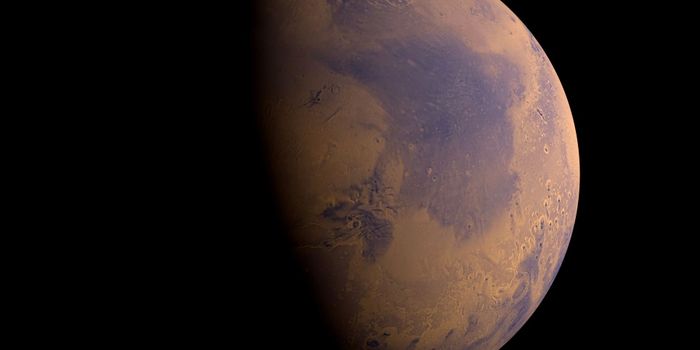How big of a risk do tsunamis actually pose?
New research published in Nature Geoscience suggests that there is a greater risk from earthquakes and tsunamis than seismologists have previously estimated. The research comes from a team of scientists from the University of New Mexico and the Nanyang Technological University who have designed a new assessment method that recalculates hazard risk from offshore subduction zones.
Subduction zones are where two tectonic plates meet with one another and one ultimately ends up sliding underneath the other. When this happens, a slip deficit can also occur, which means that even though both plates are always moving, one of them gets stuck. If this happens, the result of the stuck plate getting ‘unstuck’ is an earthquake, which can lead to the upward movement of the seafloor and produce a tsunami.
While previous investigations from recovered fault zone material have asserted that this kind of seismic behavior is rare, it has been a huge challenge to develop methods that allow seismologists to actually see what happens at subduction zones, given that these regions are far from land and beneath kilometers of water, where traditional GPS instruments are not able to function. The team’s new geodetic method attempts to address that concern and thus reconsider the risk of such seismic behavior.
"We applied this technique to the Cascadia and Japan subduction zones and found that wherever deeper locked patches are present, the shallow fault must also have a high slip deficit -- regardless of its own frictional properties," explained Eric Lindsey, who is an assistant professor in the UNM Department of Earth and Planetary Sciences. Lindsey conducted the research while at the Earth Observatory of Singapore at NTU.
"If these areas can slip seismically, global tsunami hazard could be higher than currently recognized. Our method identifies critical locations where seafloor observations could yield information about frictional properties of these faults in order to better understand their slip behavior."
In identifying these locations within Southeast Asia and the Pacific Rim, the researchers call upon the wider seismological community to conduct further investigations to reevaluate the risk of future earthquakes and tsunamis. This, they say, is necessary for improving mitigation policies and emergency preparedness plans.
Sources: Nature Geoscience, Science Daily








